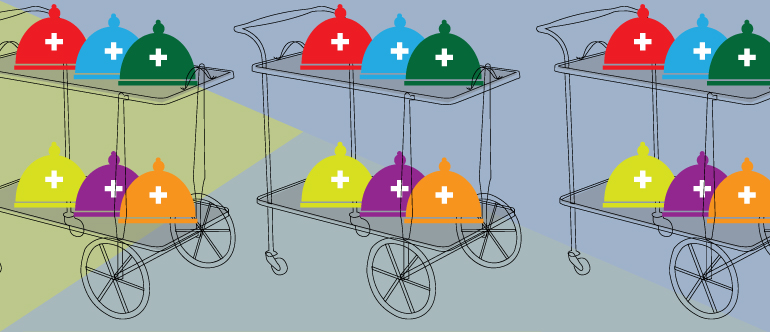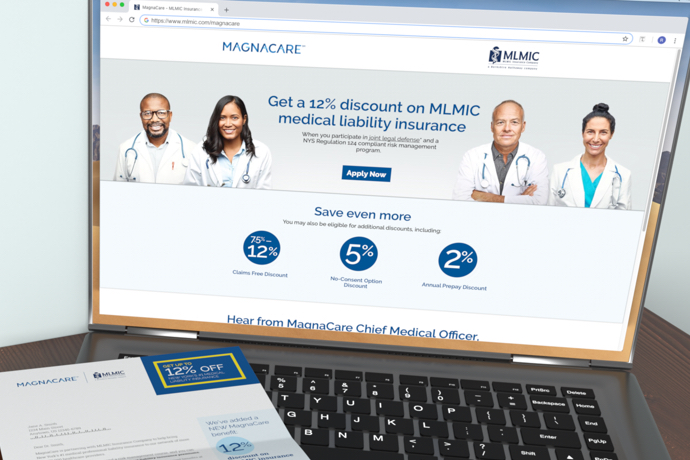Marketing Implications for Hospitals & Other Providers in the New Healthcare Market

Thanks to the Affordable Care Act (ACA), consumers have needed to take on a lot more responsibility when it comes to making decisions about their healthcare coverage. The healthcare industry is becoming increasingly consumer-driven as a result, and providers like hospitals, physician practices and large healthcare systems are starting to take note.
According to a recent report from the American Hospital Association (AHA), hospitals — including hospital marketing departments — must “implement new strategies to succeed in a market where consumers are actively engaged in the purchase of coverage and care delivery services.” From a marketing perspective, there a couple of recommendations from the report worth discussing here:
Proactively promote patient education
The report indicates that providers have the added burden of patient education at the point of care, both in terms of services received and billing policies. This could take the form of marketing assets like mobile apps, videos and print materials or encouragement to utilize navigators and Certified Application Counselors (CACs).
Become more transparent about price and quality
We’ve talked on this blog before about the growing need for transparency in the healthcare industry. Now that the costs and outcomes of services and procedures are being made public, consumers are able to “shop around” – something they most likely never even considered doing pre-ACA.
Third-party “concierge” services have emerged in an effort to meet this new need, offering assistance to consumers so they can make better, more informed decisions. Hospitals can get a leg up on the competition and stand out to these third-party services by providing easy access to this information themselves. Ideally, public disclosure of costs will result in a more competitive landscape, which will be of further benefit to consumers.
Along with cost information, hospitals and other providers should consider publicizing quality ratings – both from “official rankings” and from actual patient experiences and reviews. This kind of information, when communicated correctly, can be a solid marketing great asset – and, in addition to good-price points mentioned above, can also help your facility stand out among the competition when being reviewed by those third-party concierge services.
Develop a network strategy
As insurer networks grow increasingly narrow, providers will need to create demand for their brands. This will ensure that they’re included when health plans are selecting the best providers for specific patient populations.
Revisit marketing and advocacy efforts
At the end of the day, one of the most important things a hospital can do to compete successfully is to have a solid brand. How is your facility viewed within the community? Is it trusted, well-known, dependable? Are you known for one service line over another? How are those concierge services and health plans viewing you, and then portraying you to consumers? If you haven’t recently taken the time to do a thorough analysis of your brand, make it a priority to do so – and adjust accordingly.
Additional takeaways
As hospitals revamp policies and organizational structures in light of industry changes, their marketing strategies must evolve quickly. Ironically, some of what’s needed is a return to healthcare marketing 101. Providers had a lot of years of just having to distinguish themselves from their competitors. Now, however, with trends like patient centered outcomes and transparency, providers must show what value they bring in detail. In addition, providers are finding themselves having to worry about patient education from A to Z.
We bet your marketing strategy has already undergone dramatic changes. What’s been most surprising to you? What have you learned already?









